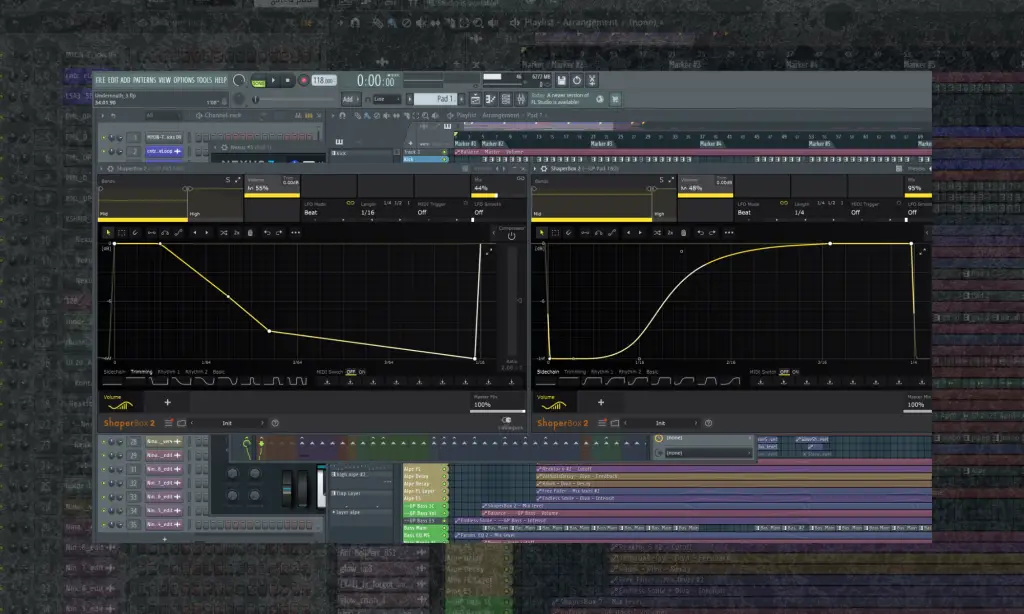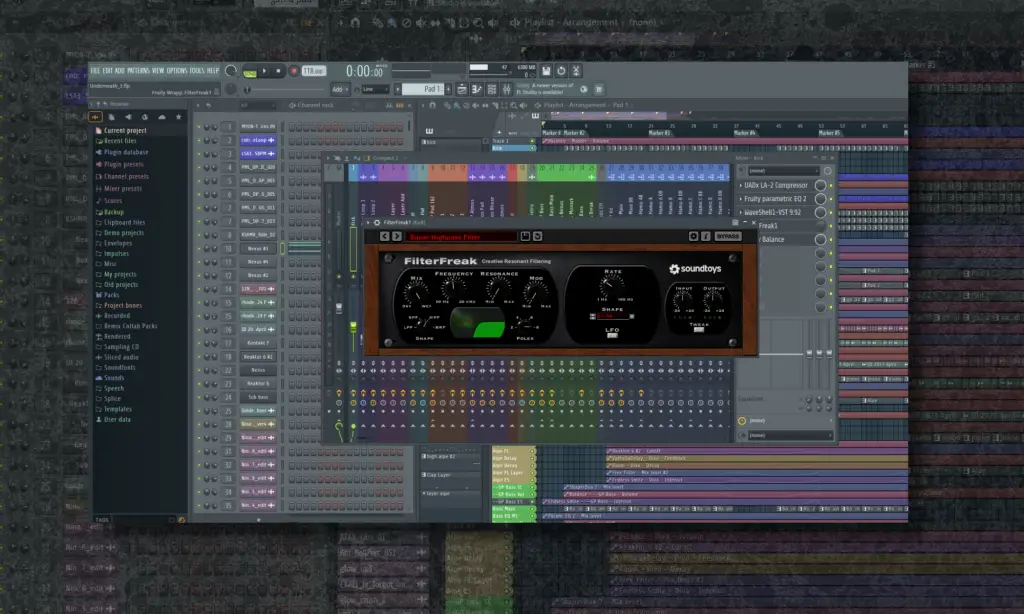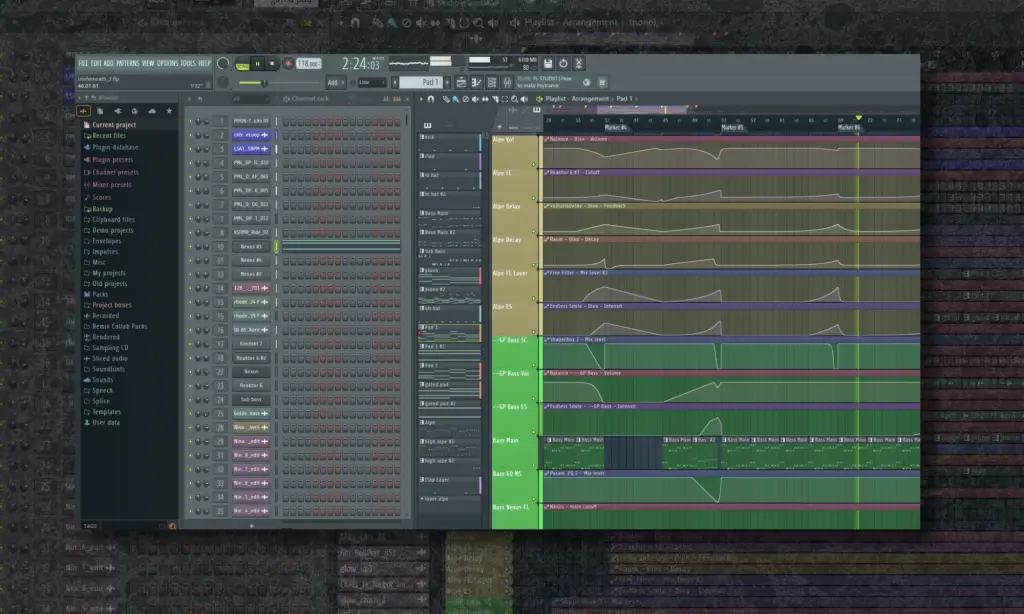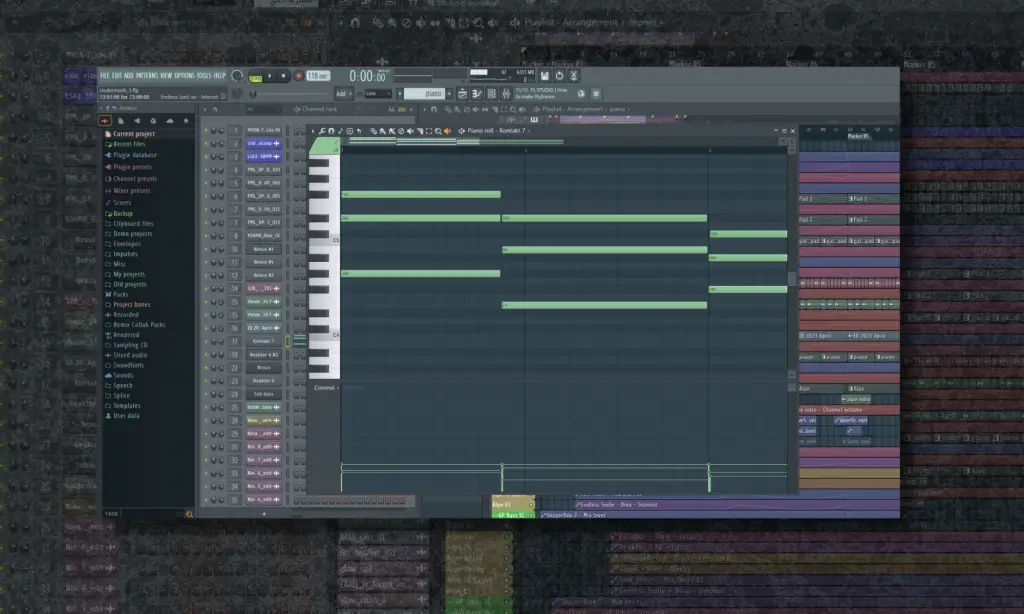Table of Contents
Anyone who has listened to and followed the melodic house scene over the last ten years has likely heard of Shingo Nakamura. We’ve been fans of his sound on the site for years and are always happy to hear whenever he releases new music. Being one of the heavy hitters on Monstercat Silk’s roster, few producers today have mastered the art of pairing ear-catching and heart-wrenching melodies with dance-focused, club-ready tracks.
Seeing as he is not only in the throws of a massive tour but also still dropping music of the highest possible quality, there is no better time to invite him on to unpack how he works his magic. We invited Shingo on to chat about his favorite plugins and drop a few short and sweet tricks on how he produces some of the best melodic houses in the game. As always, listen to the track below to acclimate your ears to exactly what you’ll be learning about in the article that follows, and then we’ll dive into the sauce on how he made the track on the latest iteration of How It Was Made: Shingo Nakamura & Nina Carr – Underneath.

NEXUS3

One of my main synths is NEXUS (the latest version is 4). I use it mainly for pads, but sometimes for bass or piano. It doesn’t require much processing power and finding the sound from the library is easy.
For this track, I used it on several pads. I like the shimmering and beautiful pads sounds of NEXUS. I also used automation on the low-pass filter and added a sidechain that created a trance-like atmosphere. I usually cut in the high range of the pads, but this time, I didn’t do it to make the sounds more shimmering. Synths such as Diva and Spire are better for creating the sound I intended.
And NEXUS is quite expensive if we purchase presets (Expansion). However, the ease of sound selection is outstanding. By reducing the time spent on sound making, we can spend time on other essential elements like making melody, chords, and detailing.
ShaperBox 3

ShaperBox 3 is one of my most frequently used Plugins. I can’t imagine composing without it! It has several effects in one, but I mainly use VolumeShaper.
VolumeShaper is mainly used for a sidechain but can also be used for other effects, like a gate. I always start from the preset of “Sidechain” and edit the details on the table (right side of the picture). I also used the gate sound this time, so I used the preset of “Trimming”. (left side of the picture) I added the sidechain not only to the synth sounds that are like pads and bass but also to the percussion loop to make it more groovy.
This plugin features a full range of presets and easy editing. By changing the “Mix” and “Bands,” you can easily create the intended sidechain. Another appeal of the plugin is its wide variety of presets. It helps shorten the work time.
Learn More About This Plugin Here 👈
FilterFreak

I also use the FL Studio’s filter, but lately I’ve been using FilterFreak. It has a slightly analog-like warmth to it. I use it with a regular low-pass filter. I often use “Super Lowpass Filter” preset.
Low- and high-pass filters are essential to making the song dramatic. I use filters for most of my sounds.
Therefore, it’s very important that the operation is light and has a user-friendly UI. Many filter plugins are worldwide, but this one has good presets to create unique sounds. They can greatly improve a boring sound, and you may get inspiration from them. I’m a big fan of Soundtoys, the developer of FilterFreak, because they make many interesting Plugins, such as EchoBoy and Translator.
Learn More About This Plugin Here 👈
RAUM

Regarding reverb, I use several different reverb plugins. But this time, I used RAUM for vocals and arpeggios. I like the sound of the “AIRY” mode. The sound is really clear and rich. Nina’s vocal is moody and clear, so I used RAUM to take advantage of the voice. This reverb has many presets and modes, but I like the default state the best. I adjust only the “Mix”, “Decay”, and “Low Cut” from the default.
The “Low Cut” on the plugin is great so I don’t need to add an EQ plugin. There are so many reverb plugins. It’s available for free in “KOMPLETE START.” So if your current reverb isn’t good enough for you, try it.
Learn More About This Plugin Here 👈
Tips On Making Melodic House

Automate Everything
To avoid your tracks becoming too boring, you need to make changes to the sound. In addition to filters, consider adding automation to various parameters, such as delay and reverb.” “Not empty and not too much
Popular songs have a good balance between the two. It’s very difficult (I struggle with it too), but try to study many songs and reflect this in your own songs.
Go to parties of various genres
Even the same song can be a new discovery when listened to in a club. Study when people cheer (and don’t forget to dance and enjoy yourself).

Don’t neglect to make the details
Create details such as a sound that only plays once in a song, changing the fill-in each time. Making the velocity and other aspects of the piano roll are especially important.
Find a good balance between what’s popular and your own tastes.
The pursuit of originality is important, but it’s also valuable to reach people with your music. There is no shame in following the trends.
The post How It Was Made: Shingo Nakamura & Nina Carr – Underneath (Monstercat) appeared first on Magnetic Magazine.